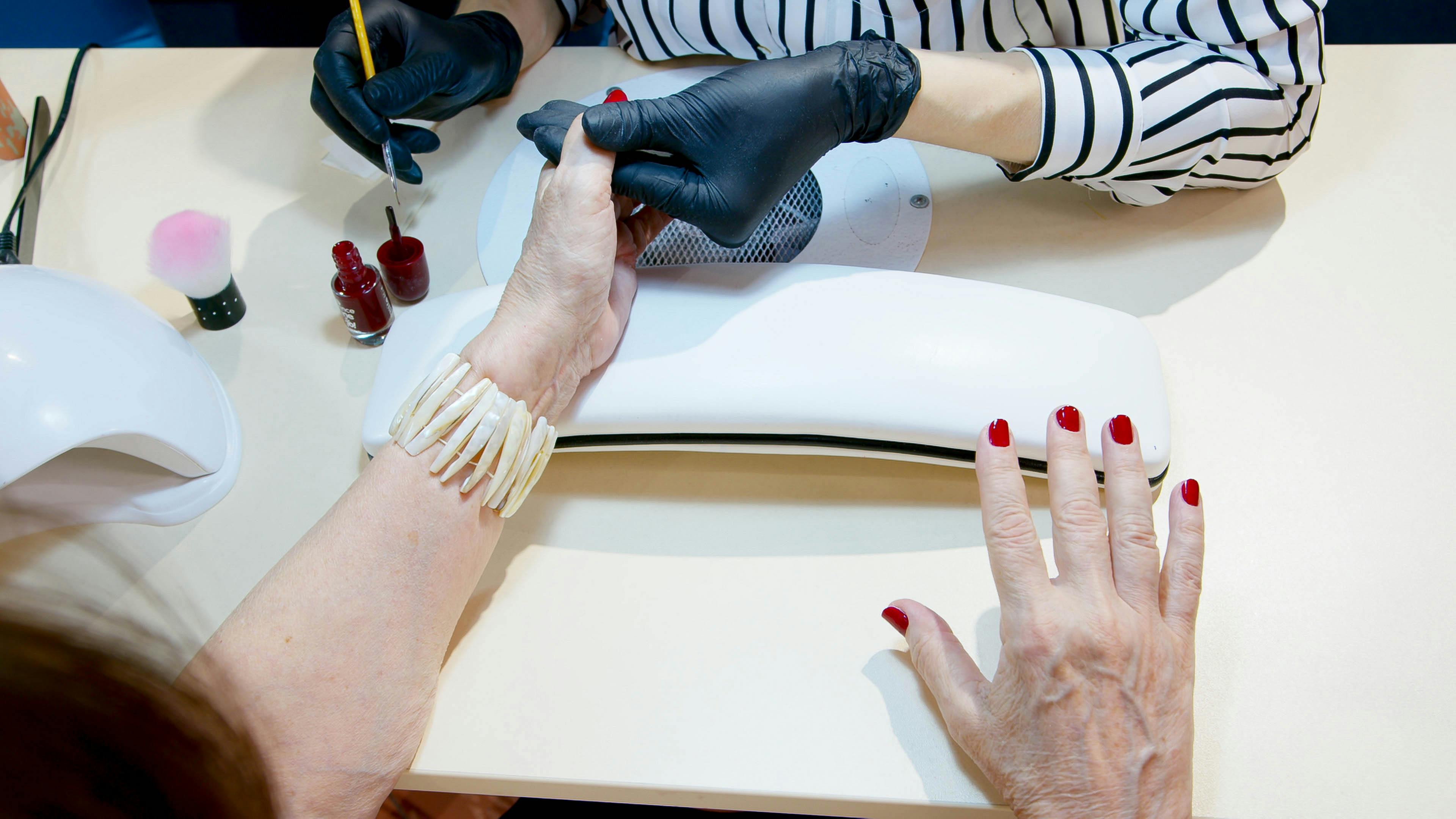Gardenia plants are a notoriously fickle and tricky plant to grow in your garden landscape. However, the allure of such a beautiful shrub with its sublime fragrance, stunning flowers and rich green foliage is too much for many of us and we give up…we buy them and ‘stick’ them in our gardens and then I I wonder why they bloom once, lose their leaves and eventually die, leaving us with a very impressive dead bush in the garden.
So we’ve come home with our newly purchased gardenia, but what should we do to give our new plant a chance to survive, or rather, what should we do to ensure its demise?
Here are my top 5 tips on how to kill a gardenia:
- Always plant your gardenia shrub near concrete buildings, foundations, or walkways. Chemicals (ie alkalis) contained in the concrete leach out over time and accumulate in the soil. Planting your new gardenia near concrete will ensure it dies a slow, lingering death. Although, before it completely dies, it will reward you with a striking display of yellow leaves that will eventually fall, forming a yellow carpet around your ex-gardenia.
- Whatever you do, don’t test the pH of the soil. Gardenia shrubs thrive in slightly acidic soil that has a pH value of between 5.0 and 6.5. You should not test the pH of your soil and under no circumstances use acidic compost when planting, as this will only lead to growing a healthy gardenia. By not testing the pH of the soil and by not planting in a suitable medium, you will ensure that your gardenia’s leaves will eventually turn yellow, drop off, and the bush will die.
- Do not fertilize your gardenia monthly with acidifying fertilizer such as those designed for azalea plants, as this will only help your gardenia and prevent the leaves from turning yellow.
- To ensure you kill your gardenia plant quickly, plant it in an area that experiences consistently low temperatures. Gardenias grow best in areas that have day temperatures between 68 and 74 degrees F. and around 60 degrees F. at night. Obviously some varieties of gardenias are more temperature tolerant and established plants will survive sudden drops in temperature. Plant a gardenia in an area that doesn’t experience these types of temperatures and you’ll be sure to get a dead black-leaved gardenia in no time.
- Do not provide your growing gardenia with the proper amount of water. The soil should be moist but not soggy. If you overwater, your gardenia won’t flower (the buds will fall off before they break) and those bright green leaves will turn yellow.
By following any of the points above, you are bound to kill your gardenia or seriously hurt its chances of survival. By not following the above, your gardenia has an excellent chance of surviving and giving you many years of pleasure to come.

